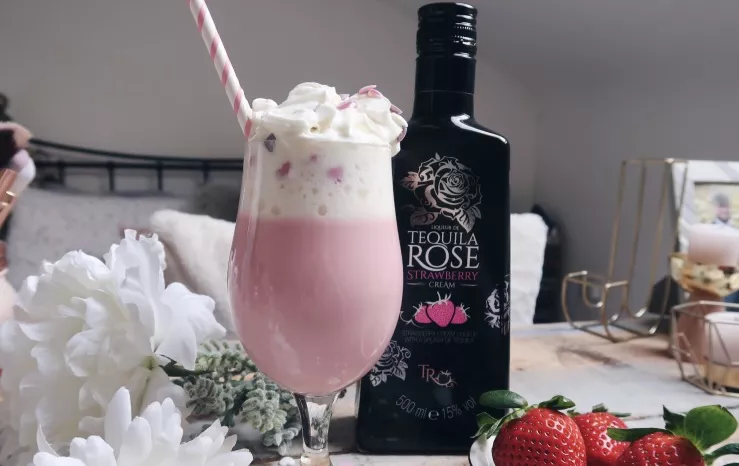Sweet vermouth, a quintessential component in classic cocktails like the Negroni and Manhattan, is a beloved fortified wine known for its complex flavors and aromatic profile. But what exactly goes into the creation of this cherished libation? Understanding the meticulous process behind how sweet vermouth is made unveils a journey of botanical infusions, wine blending, and meticulous aging techniques that contribute to its distinctive taste and character.
Origins and Basic Composition of Sweet Vermouth
To comprehend how sweet vermouth is made, it’s essential to delve into its foundational elements. Typically, sweet vermouth consists of a base wine—often a neutral white wine—and is fortified with a distilled spirit, such as brandy. The hallmark of vermouth lies in its infusion of botanicals, including herbs, spices, roots, and barks. These botanicals are responsible for the diverse flavors and aromas that define different varieties of vermouth. The marriage of these ingredients is orchestrated through a meticulous process, carefully balancing the proportions to achieve the desired taste profile.
Selection and Preparation of Botanicals
One of the pivotal aspects of crafting sweet vermouth is the selection and preparation of botanicals. Each botanical imparts distinct flavors and aromas to the final product. Commonly used ingredients include wormwood, which contributes bitterness, along with a myriad of other spices and herbs like cinnamon, cardamom, cloves, citrus peels, and more. These botanicals are carefully sourced and meticulously prepared, often undergoing processes such as drying, maceration, or distillation to extract their essence.
Maceration and Infusion Process
The heart of sweet vermouth production lies in the maceration and infusion process. Once the botanicals are selected and prepared, they are introduced to the base wine or neutral spirit. This amalgamation allows the flavors and aromas of the botanicals to infuse into the liquid. The duration of this process varies depending on the desired intensity of flavors. Some producers opt for shorter maceration periods for a lighter profile, while others prefer a longer infusion to extract more complex characteristics.
See Also: wine for indian food
Blending and Fortification
After the maceration process, the infused liquid is meticulously blended to achieve the desired flavor profile. Producers employ their expertise to balance the intensity of botanical flavors, sweetness, and bitterness. The next step involves fortification, where a distilled spirit, often brandy, is added to increase the alcohol content. This fortification not only contributes to the drink’s stability but also influences its overall taste and texture.
Aging and Maturation
Once the blending and fortification stages are complete, the vermouth undergoes aging and maturation, a crucial phase that significantly impacts its final character. This aging process typically takes place in oak barrels or tanks, allowing the flavors to harmonize and develop complexity. The duration of aging varies among producers and can range from several weeks to several months or even years. Throughout this period, the vermouth undergoes subtle changes as it interacts with the wood, enriching its flavor profile and texture.
Filtration and Stabilization
Following the aging process, the vermouth is meticulously filtered to remove any remaining botanical particles or sediment, ensuring clarity and consistency. Stabilization techniques are also applied to maintain the desired taste, aroma, and color. This step is crucial in achieving the product’s uniformity before it is ready for bottling.
Bottling and Packaging
The final stage in the production of sweet vermouth involves bottling and packaging. The vermouth is carefully poured into bottles, often adorned with elegant labels and closures that reflect the brand’s identity. The bottling process is conducted with precision to maintain the integrity of the product, ensuring that it reaches consumers in optimal condition.
Varieties and Regional Influences
The art of producing sweet vermouth extends across various regions, each infusing its unique cultural and regional influences into the crafting process. Italy and France are renowned for their distinct styles of vermouth. Italian vermouth, often known for its sweeter profile, has a strong herbal character, while French vermouth tends to be drier and showcases more floral and citrusy notes. Additionally, other regions around the world have embraced the craft, creating their interpretations of this beloved fortified wine.
Innovation and Modern Trends
In recent years, the world of sweet vermouth has witnessed an emergence of innovative techniques and modern interpretations. Some producers experiment with unconventional botanicals, exploring new flavor profiles and pushing the boundaries of traditional recipes. Additionally, there’s a growing trend of small-batch and craft vermouth production, emphasizing quality, unique flavors, and artisanal craftsmanship.
Conclusion
The intricate process of how sweet vermouth is made encapsulates a harmonious blend of tradition, craftsmanship, and innovation. From the meticulous selection and preparation of botanicals to the artful blending, aging, and bottling, each step in the production contributes to the creation of a distinctive and flavorful libation. Understanding this journey enriches the appreciation for this timeless fortified wine, inviting enthusiasts to savor its complexity and indulge in the artistry behind every sip.


